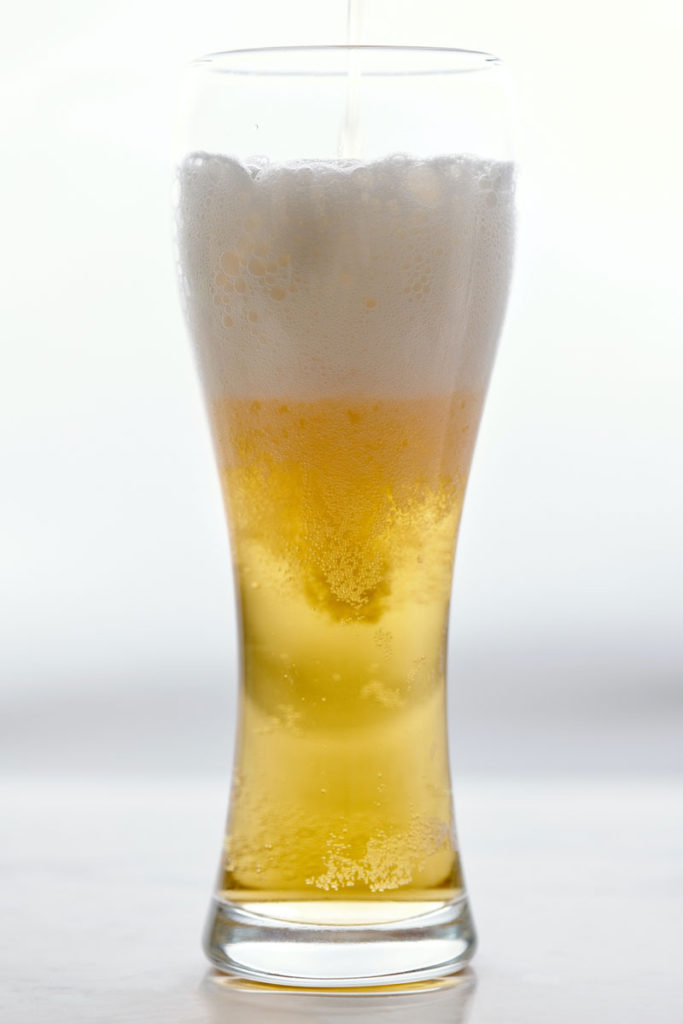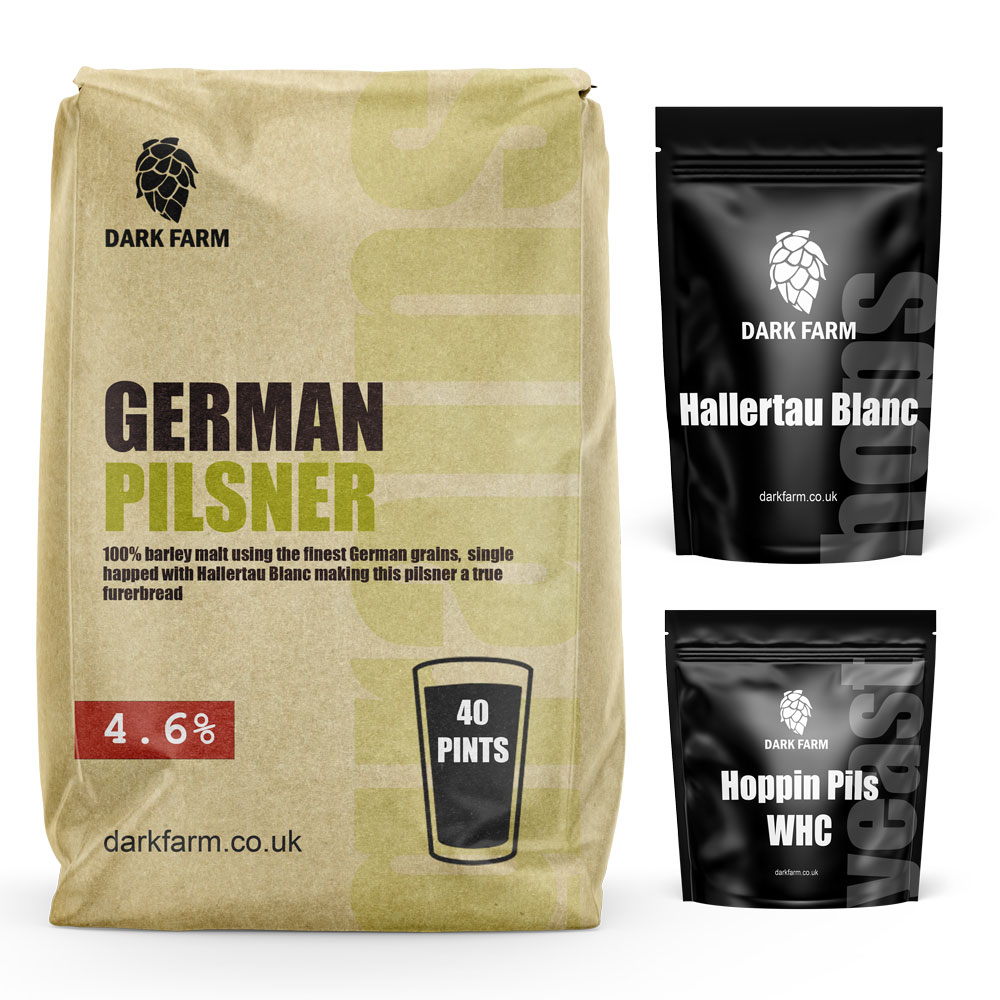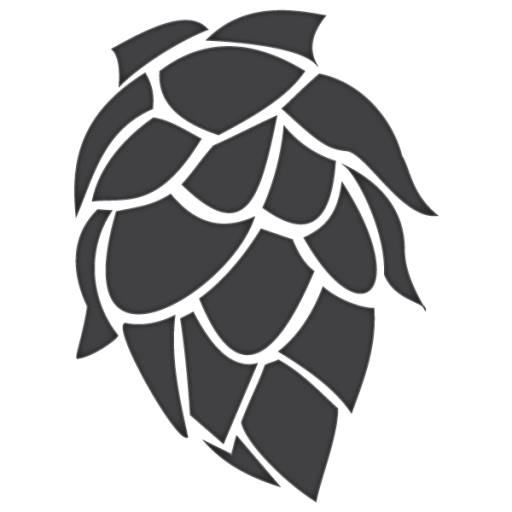Examples of lager styles
Lager is a family of beer, made up of many different styles.
- Light Lager: Munich Helles, German Pilsner (Pils), Dortmunder Export, Bohemian (Czech) Pilsener, American Lager (lite/standard/premium)
- Amber lager: Oktoberfest/Märzen, Dunkles bock
- Dark Lager: Munich Dunkel, Schwarzbier
Lager Vs Ale
The other family of beer is the ale family – brews like IPAs, APAs Weissbier/Hefeweizen, Gose. These are top-fermented beers, made with ale yeasts (Saccharomyces cerevisiae) preferring warmer temperatures than lagers (18-23°C).
Hybrid Beers
Just to make things more confusing there are a number of hybrid beers which are part lager, part ale.
Kölsch, for example, is top-fermented with an ale yeast then cold conditioned like a lager. Which gives it a subtle fruity aroma and a slight creaminess, yet remains crisp. Other hybrid beers include Altbier, Cream Ale and California Common (Steam Beer).
Pitching Lager Yeast
Esters, which produce a fruit-like flavours, are not desirable in lagers like they are in ales. To keep esters at a minimum you want to pitch the right amount of yeast for a lager. Wyeast recommend 12 million cells/mL. Also be sure to aerate your wort: if your yeast has enough oxygen then it will consume the acetyl coenzymes (ACOA). These are molecules that combine with the ethanol and fatty acids in your fermenting beer to form ethyl acetate – the predominate ester in beers, ranging from pear-like to solvent- like in flavour. Which you don’t want in your homebrew lager.
Versatile Yeast Strains
If you’re keen to make a lager-style beer without the cooler temperature controls, using a versatile strain might be just the ticket. For example, Wyeast 2124 Bohemian Lager yeast performs in both cooler temps (8-12°C) for ‘true’ lagers as well as at 18-20°C for a Common beer.
"Focus on one yeast strain and get to know it well. I would recommend W-34/70 [for a Helles], it’s a great strain that’s easily accessible. Get to know your pitch rates and pitch the correct amount for the beer you’re producing."
Eggy Smell
Don’t worry if your homebrew lager is churning out a nasty eggy smell during primary fermentation – it’s normal. The smell is sulphur (hydrogen sulphide) and is particularly associated with lager yeasts; the lagering process should get rid of most of it. But avoid packaging your lager prematurely as this can trap in sulphur – if your lager still has a sulphur taint then leave it lager for a bit longer.

3 Stages of Lager fermentation
Primary Fermentation
Because of the lower temperatures used for brewing a lager, fermentation times are longer than for an ale. If your ales typically finish fermenting in 7–10 days, around 3 weeks is a good estimate for a lager.
Diacetyl rest
Diacetyl isn’t your friend when it comes to lager – it will give it an ‘off’, buttery taste. In ales, this can add character, but you’re looking for a clean flavour profile with lager. To reduce the presence of diacetyl, rack your lager to a secondary fermenter then raise the temperature to 18-20°C for the last two days of fermentation.
Lagering
During the lagering phase at cold temperature harsh flavours created during fermentation will mellow out and your lager will become clear. After the diacetyl rest, gradually cool your lager by 3°C a day until it reaches around 2°C, but no more than 5°C (commercial breweries lager at 0°C-1°C). That said, some homebrewers skip this gradual temperature drop, jumping straight down to lagering temperatures and report that their lagers turn out just fine.
The length of lagering time depends on the style and the OG of your brew. Aim for at least 4-6 weeks. The American Homebrewers Association recommend 1 week of lagering for every 10 points (2.5° P) of original gravity. So a 1.050 (12.5° P) lager would need five weeks. Patience is a virtue, apparently….
Tip: Keep a close eye on the temperature during this phase to make sure your brew doesn’t freeze!
Pressurized Fermentation
This interesting topic deserves a whole article to itself, but in a nutshell pressurized fermentation is carried out under…you guessed it… pressure. Fermenting under pressure allows you to ferment lagers, for example, quickly at higher temperatures. The pressure produces fewer esters so you’ll still get the clean lager profile that cold fermentation would create.
You’ll need a closed fermentation vessel that can handle pressure, plus a way of controlling the pressure. So a keg with spunding valve or a FermZilla conical fermentor with a pressure kit is what you’re after…but definitely nothing made from glass, obvs!
As a bonus, pressure fermentation also reduces risk of oxidisation and naturally carbonates your brew.
FermZilla base units available from www.darkfarm.co.uk
Brew Your Own Lager!
Get brewing with a high quality all grain homebrew kit. These kits contain all you need to brew 20L (40 pints) of homebrew lager: grains, hops and yeast. Choose from German Pilsner, Double Pilsner, Bohemian Pilsner and more…

German Pilsner (4.6%)
100% barley malt using the finest German grains, single hopped with Hallertau Blanc making this pilsner a true thoroughbred.
BATCH: 20L | GRAIN BILL: Pilsner, Munich | HOPS: Hallertau Blanc |YEAST: Hoppin Pils, WHC Lab
Want more homebrew lager tips?
Issue 9 of MASHED! Magazine (Autumn 2021) focused on lagers, with loads of great tips, recipes and interviews with the pros. Order your copy today and get brewing!
Feature image: Pablo Capra/Unsplash


